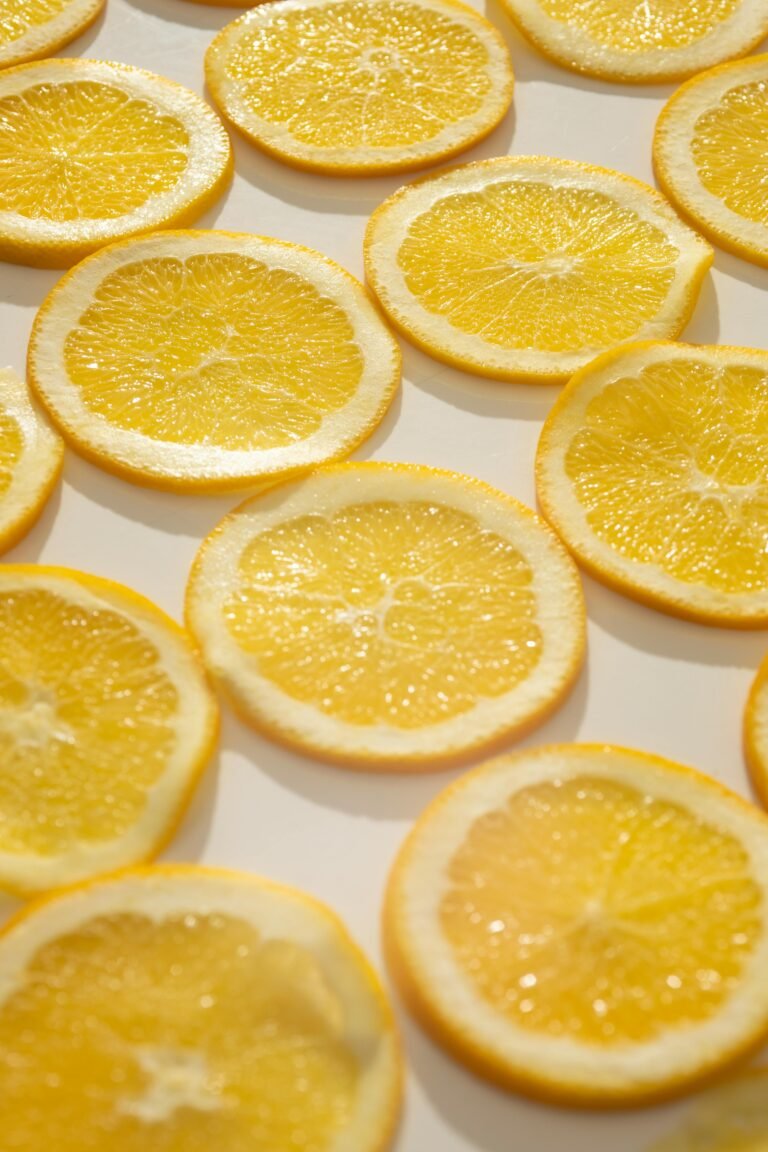Can Diabetics Eat Potatoes: The Study
Can diabetics eat potatoes? The answer is yes.
And it’s not strange. Now I’ll explain why.
Often when I post articles on facebook from the Dcomedieta site, which concern correct nutrition, there are those who say that as a type 2 diabetic certain foods are prohibited. Which, if we talk about starchy foods like pasta, rice, bread, is simply not true.
This thing is false for two reasons.
Because whoever says it does not know the very important difference between the glycemic index, the value that tells me about a food how much it can raise the blood sugar in an absolute sense, and the glycemic load , which instead tells me the influence that that food has relative to how much I eat it and to combine it with other foods within the meal.
If you do not understand this concept, the message passes that all foods with a high glycemic index are to be avoided for the diabetic and vice versa that all foods with a low glycemic index are suitable.
But the Mars bar has a medium glycemic index, having less than wholemeal spelled, as can be seen from the diagrams of the Glycemic Index Foundation .
Does this mean that it is fair to advise a type 2 diabetic to eat a Mars bar?
In general, this would seem strange to you.
Likewise, if you were diabetic, no doctor would tell you that you can eat as much peanut butter as you want , because it is low on the glycemic index. Also think that a single marshmallow has a low glycemic index. But in essence it is sugar!
So what is the factor that makes us understand what we can eat and what not?
-
First of all the quantity.
If I eat a pound of brown rice I will have the same effect on blood sugar as 50 grams of white rice with the addition of vegetables and shrimps. Indeed, on closer inspection in the first case it is greater.
-
The second thing is the combination of foods.
Therefore the type 2 diabetic can eat bread, pasta, even white rice and as we will see the diabetic can eat potatoes. But he must keep the quantities in check and then combine these foods with low-glycemic foods such as vegetables and with proteins such as legumes, meat, fish, poultry, or low-fat dairy products.
























+ There are no comments
Add yours